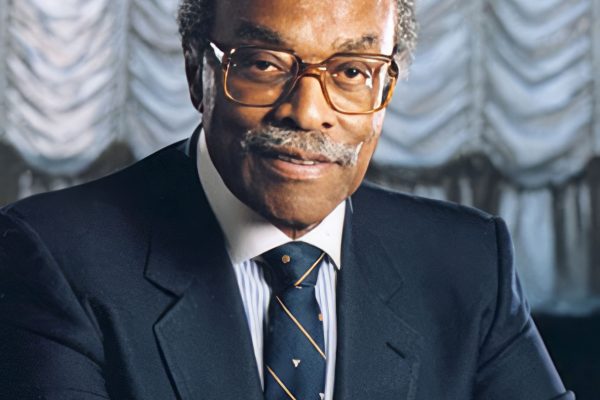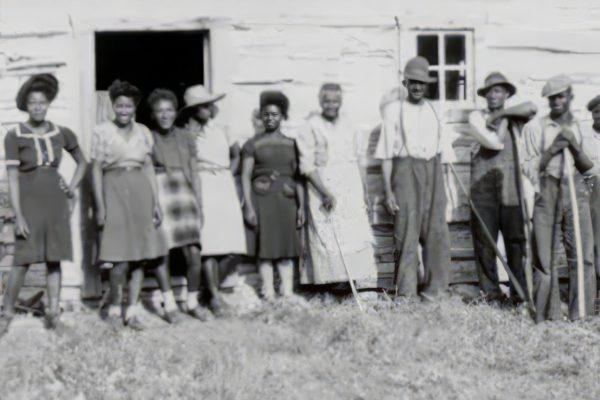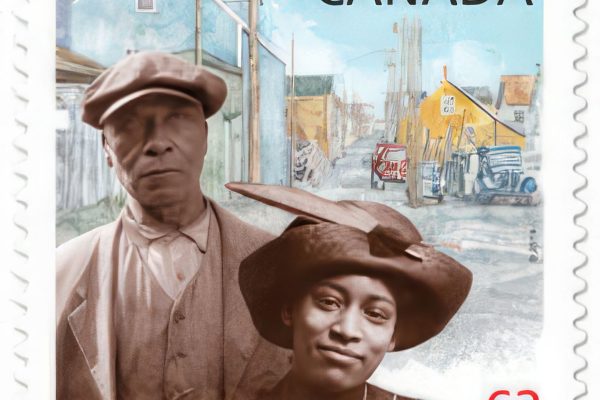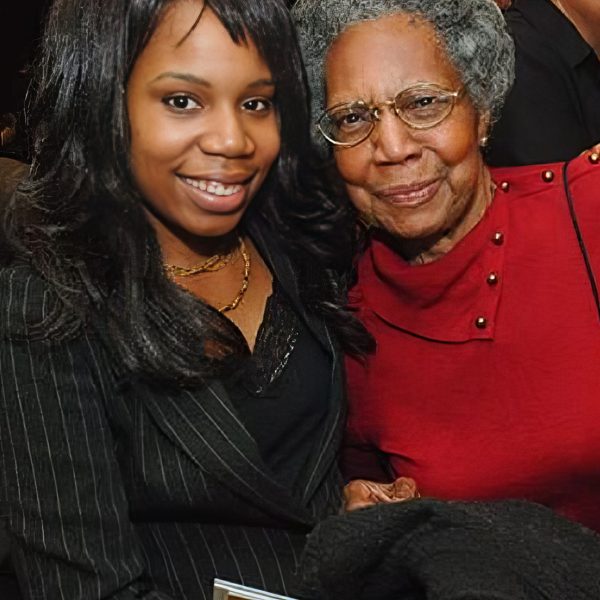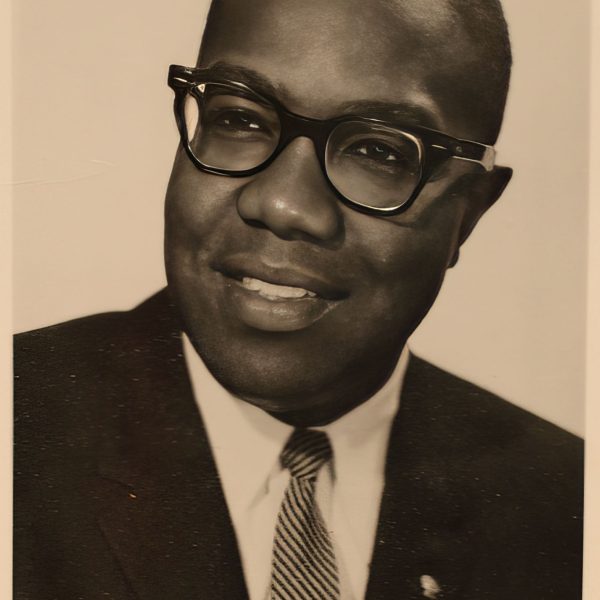History
Profiles of Black Canadians

ENSLAVEMENT IN CANADA: EARLY 1600S TO 1834
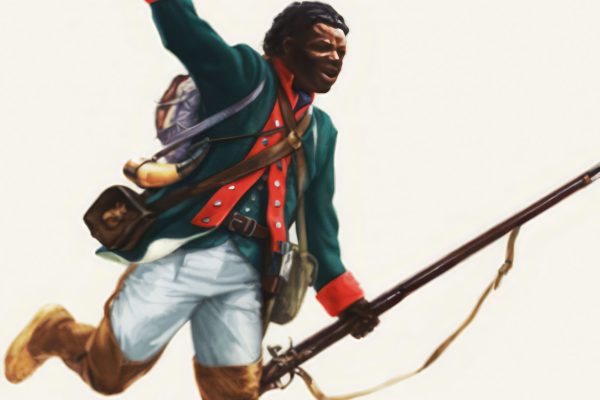
THE BLACK LOYALISTS

CARIBBEAN MIGRATION
Contemporary Profiles
Our story
Founded in 1978, the Ontario Black History Society (OBHS), is the organization in Canada that is at the forefront in the celebration of Black history and heritage with a demonstrated record in the study, preservation and promotion of Black history in Ontario. The OBHS is also the only Ontario Provincial Heritage Organization of the Ministry of Culture devoted to Black history and heritage.
We are the organization responsible for initiating the formal celebration of February Black History Month at all levels of government in Canada due to our yearlong efforts to extend this celebration. (i.e. The first formal declaration of February as Black History Month with the City of Toronto in 1979; and with the Province of Ontario in 1993).
In December 1995, the House of Commons officially recognized February as Black History Month, following a motion introduced by the first black Canadian woman elected to Parliament, the Honourable Jean Augustine. The motion was carried unanimously by the House of Commons.



